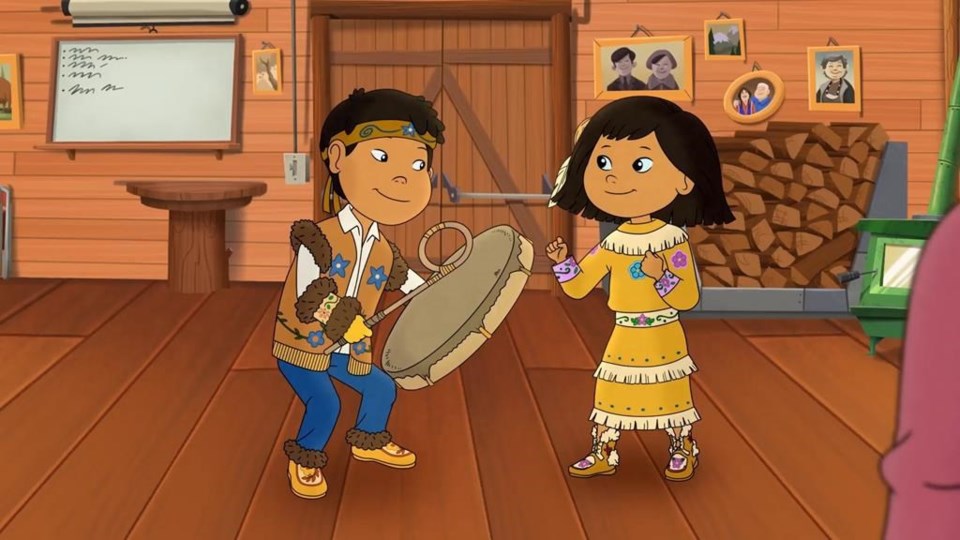TORONTO — A new report suggests there's been an increase in the portrayals of people of colour in children’s animated television content in Canada in recent years.
But Indigenous characters in the genre remain largely underrepresented, along with several other minority groups.
The "Examining Children's Animated Television in Canada" report is from the Children’s Media Lab at Ryerson University's faculty of communication and design.
It's a follow-up to a 2019 Ryerson University and Rutgers University study, which was distributed by the Center for Scholars and Storytellers at UCLA and featured data from 2017 and before.
The new report examined 121 main characters from 27 animated children’s shows that aired in Canada in 2018 and 2019.
The shows targeted children from preschool up to age 12, and were produced or co-produced in Canada.
The media lab contacted each Canadian broadcaster in order to retrieve a comprehensive list of all the TV shows that met the study's criteria. Once the list was confirmed, each broadcaster provided the first two episodes of each show.
Shows that were part of the study included CBC's "Molly of Denali," YTV's "Go Away, Unicorn!," Teletoon's "Bravest Warriors," Treehouse's "Esme and Roy," TVO's "Abby Hatcher" and Family Jr.'s "Chip and Potato."
Researchers found 51 per cent of the human characters were white, and 49 per cent were people of colour.
That's higher than in the 2019 report, which looked at animated and live action children's shows and found 74 per cent of the main characters were white.
But the new report says Middle Eastern, South Asian, and Indigenous characters were largely underrepresented (one per cent, five per cent, and six per cent, respectively).
And characters with obvious physical disabilities or chronic illnesses were mostly absent, while those with neurodiversity were completely absent.
The findings also suggest a persistent gender gap, with the majority of main characters still male (63 per cent).
In the study published in 2019, female representation was also low, both onscreen and behind the screen.
That study also noted a virtual absence of main kids' characters with disabilities.
The Children’s Media Lab notes TV can influence young people's views of themselves and shape what they imagine to be possible.
A lack of diversity onscreen is damaging, and addressing disparities in representation should be a priority for the industry, say the experts.
"Canadian children’s content producers are already recognized as major players globally," Kim Wilson, co-director of the Children's Media Lab, said in a news release.
"Research like this allows them to continue to think about equity and to challenge themselves to create content that addresses disparities like gender bias, even in non-human characters like animals and monsters. This is something that content creators can easily act on."
The new report offers several other recommendations to improve the situation, including diversifying writers' rooms and creating complex characters.
Researchers plan to follow up the new report with a virtual "think tank" to discuss the findings.
This report by The Canadian Press was first published Jan. 7, 2021.
Victoria Ahearn, The Canadian Press




